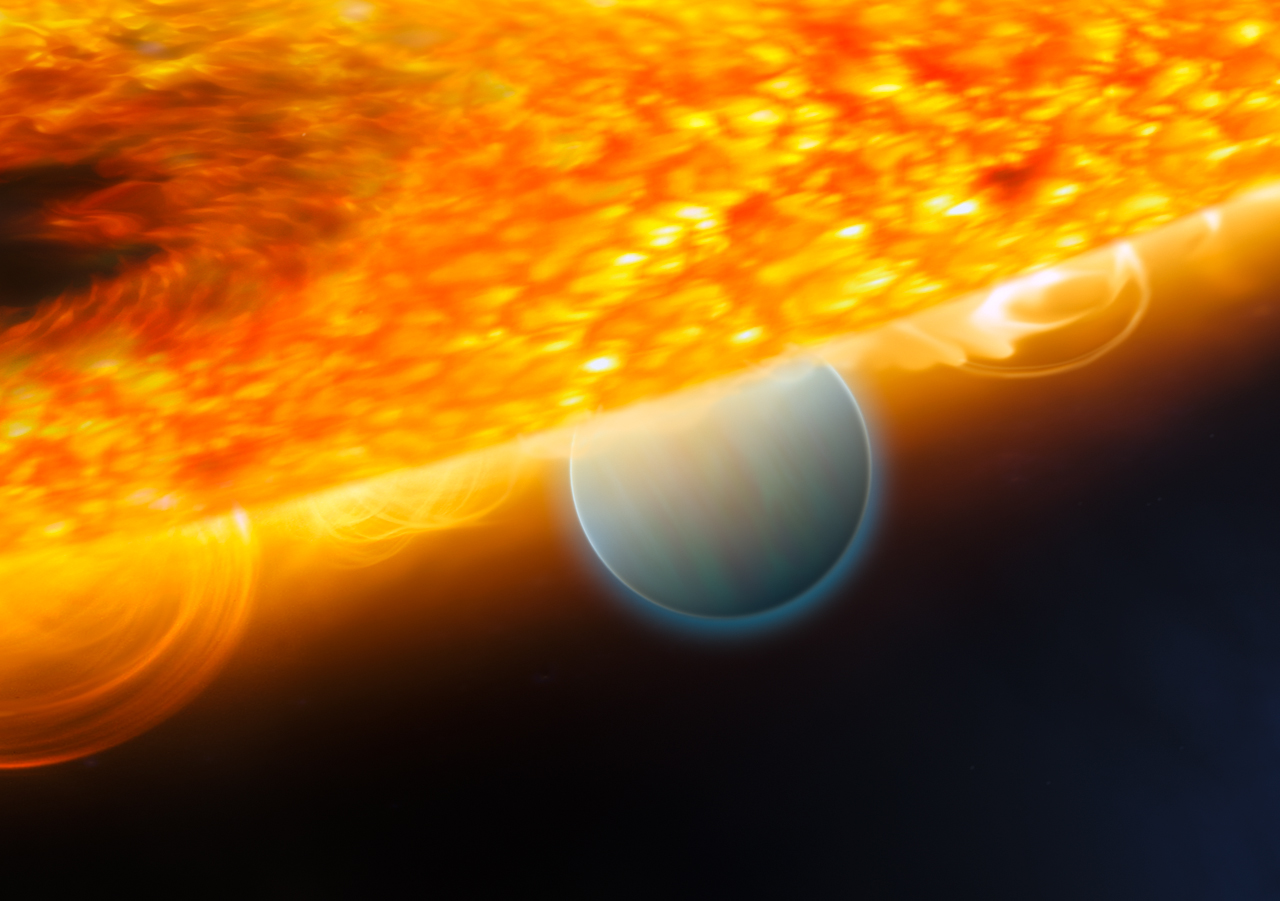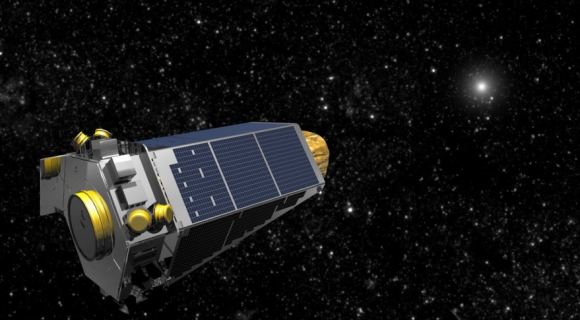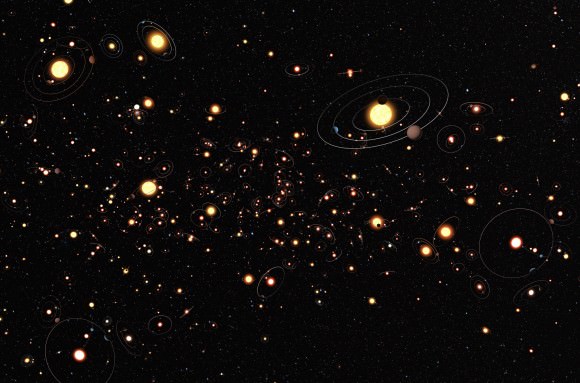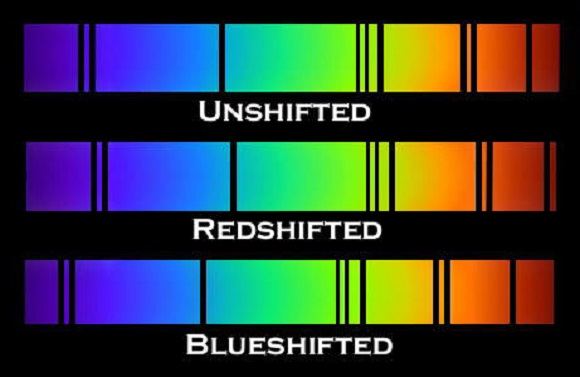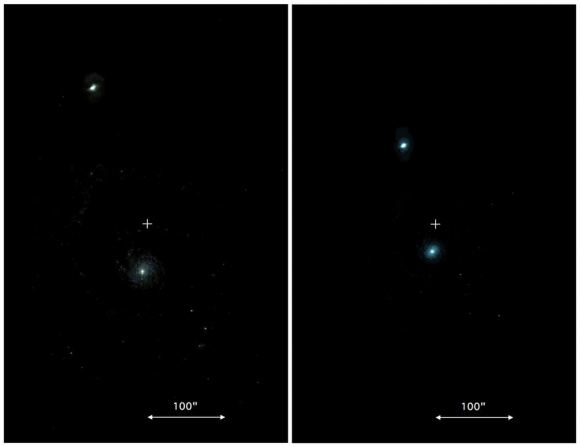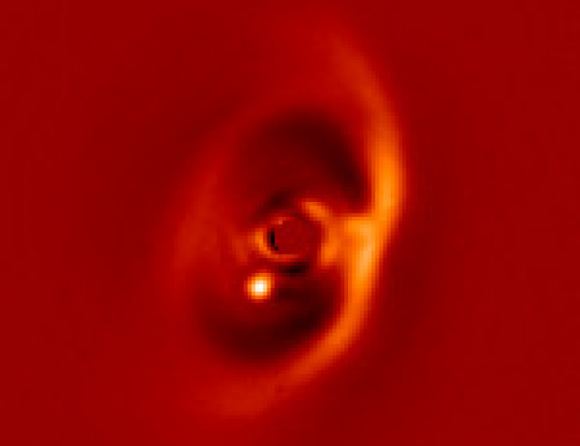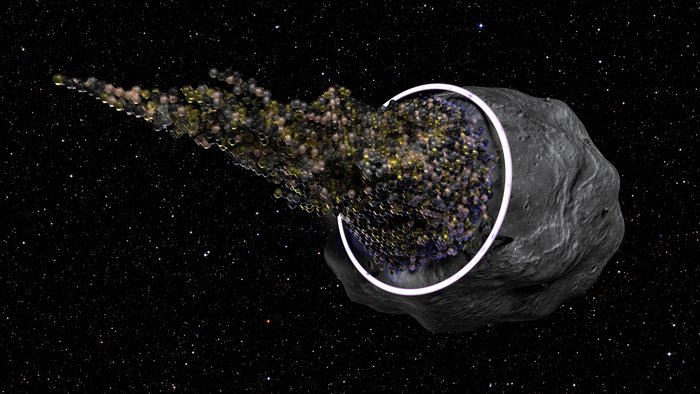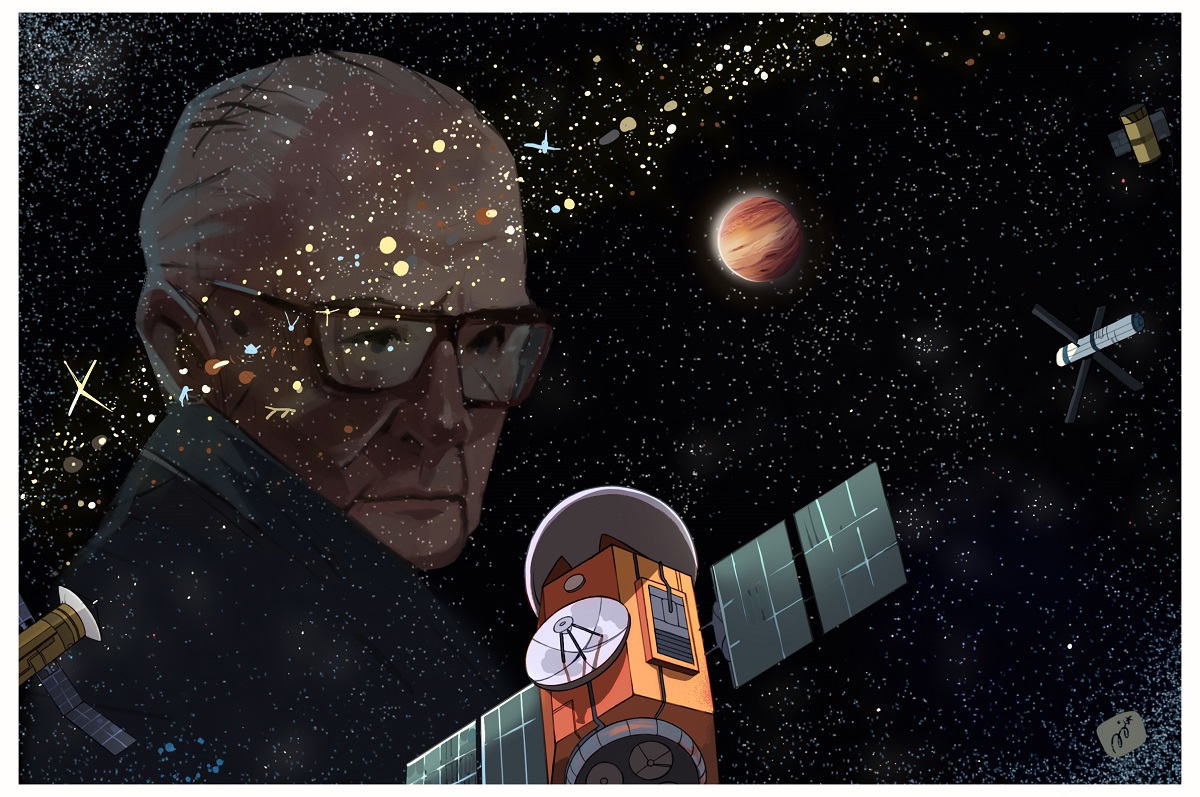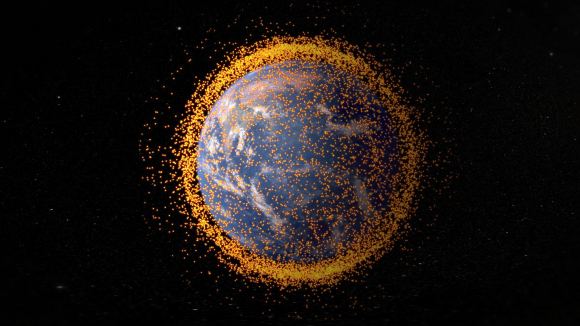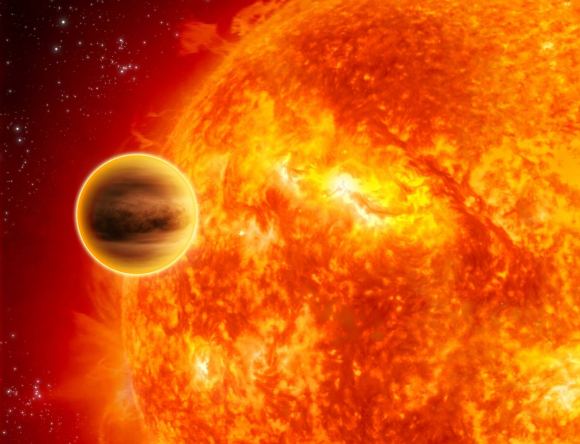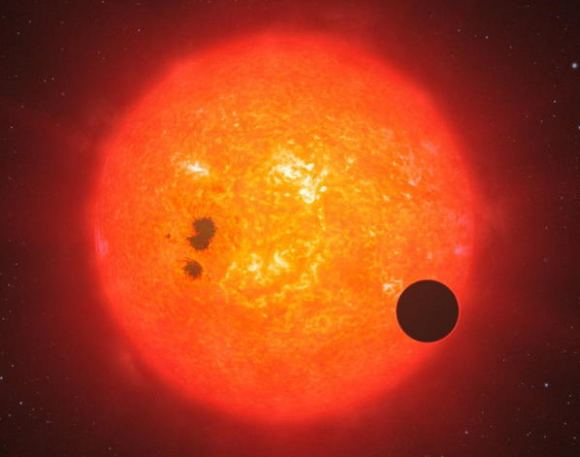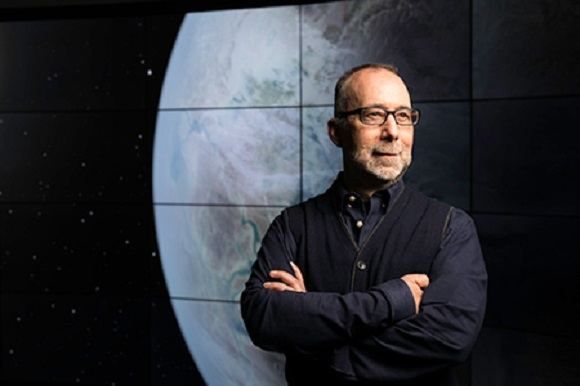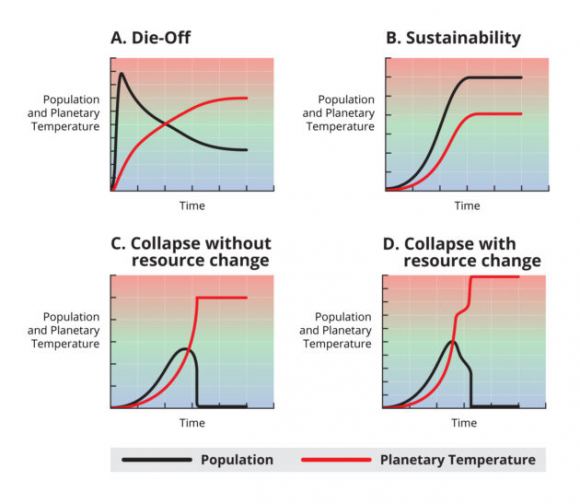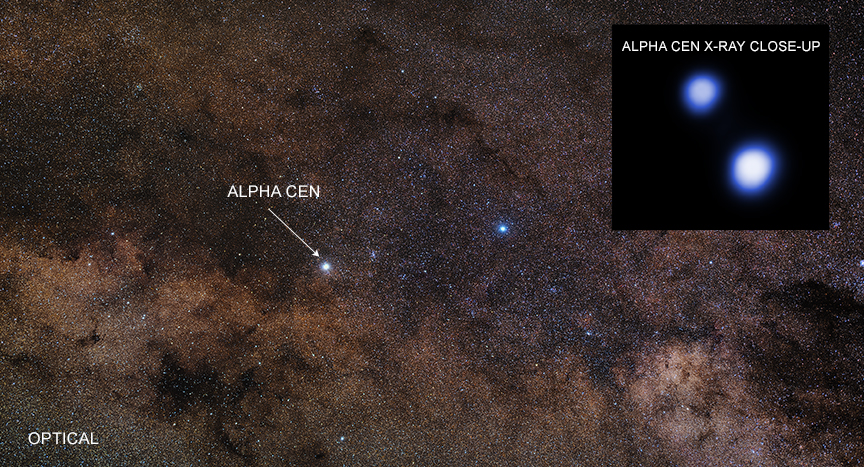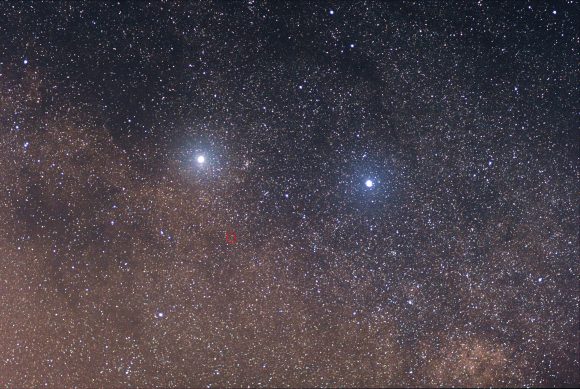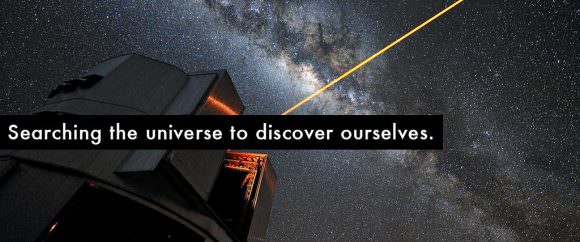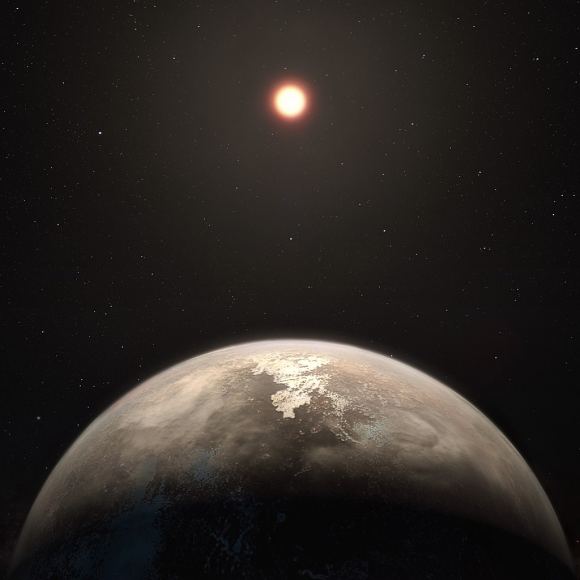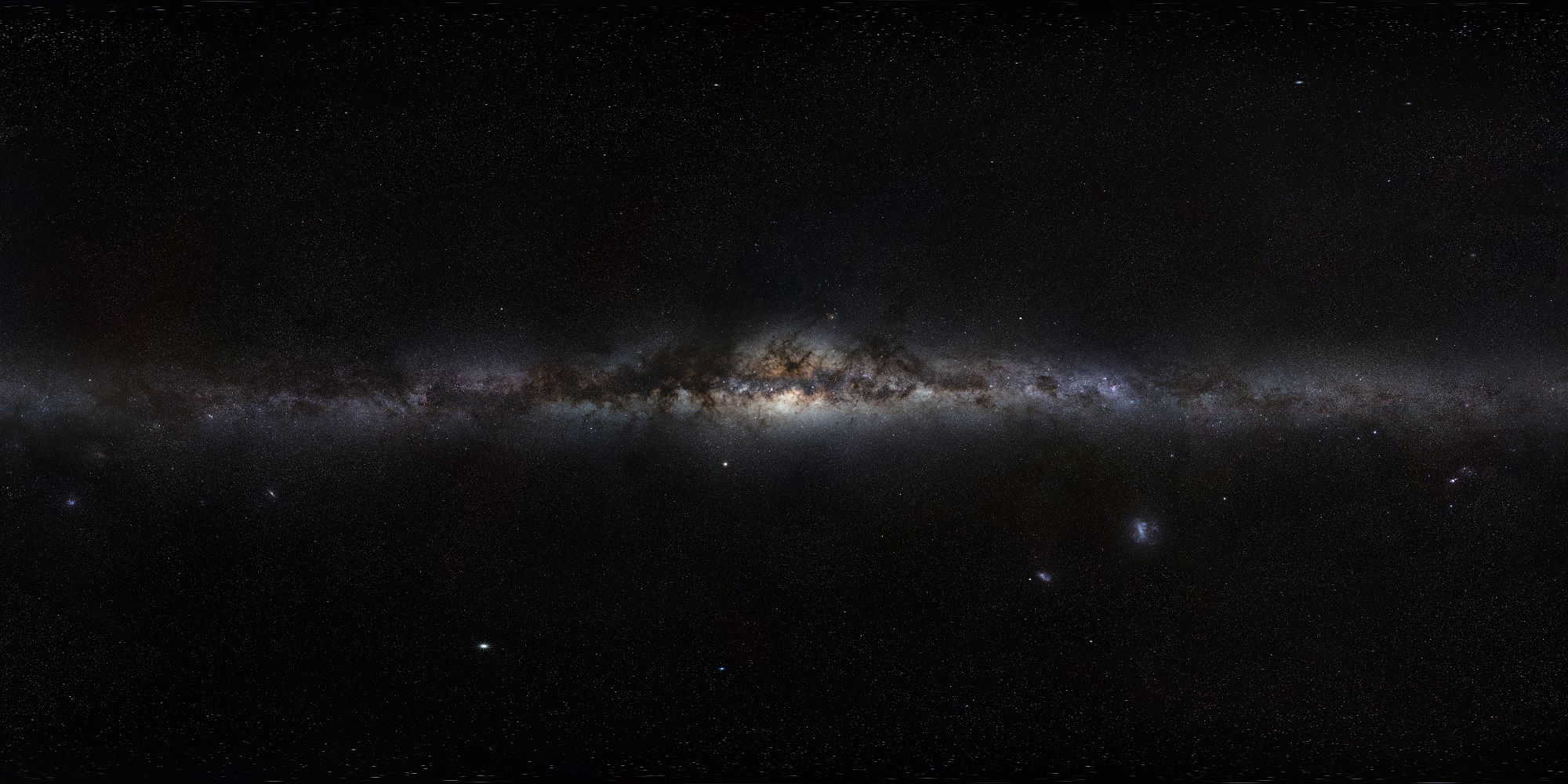The James Webb Space Telescope is like the party of the century that keeps getting postponed. Due to its sheer complexity and some anomalous readings that were detected during vibration testing, the launch date of this telescope has been pushed back many times – it is currently expected to launch sometime in 2021. But for obvious reasons, NASA remains committed to seeing this mission through.
Once deployed, the JWST will be the most powerful space telescope in operation, and its advanced suite of instruments will reveal things about the Universe that have never before been seen. Among these are the atmospheres of extra-solar planets, which will initially consist of gas giants. In so doing, the JWST will refine the search for habitable planets, and eventually begin examining some potential candidates.
The JWST will be doing this in conjunction with the Transiting Exoplanet Survey Satellite (TESS), which deployed to space back in April of 2018. As the name suggests, TESS will be searching for planets using the Transit Method (aka. Transit Photometry), where stars are monitored for periodic dips in brightness – which are caused by a planet passing in front of them relative to the observer.

Some of Webb’s first observations will be conducted through the Director’s Discretionary Early Release Science program – a transiting exoplanet planet team at Webb’s science operation center. This team is planning on conducting three different types of observations that will provide new scientific knowledge and a better understanding of Webb’s science instruments.
As Jacob Bean of the University of Chicago, a co-principal investigator on the transiting exoplanet project, explained in a NASA press release:
“We have two main goals. The first is to get transiting exoplanet datasets from Webb to the astronomical community as soon as possible. The second is to do some great science so that astronomers and the public can see how powerful this observatory is.”
As Natalie Batalha of NASA Ames Research Center, the project’s principal investigator, added:
“Our team’s goal is to provide critical knowledge and insights to the astronomical community that will help to catalyze exoplanet research and make the best use of Webb in the limited time we have available.”
For their first observation, the JWST will be responsible for characterizing a planet’s atmosphere by examining the light that passes through it. This happens whenever a planet transits in front of a star, and the way light is absorbed at different wavelengths provides clues as to the atmosphere’s chemical composition. Unfortunately, existing space telescopes have not had the necessary resolution to scan anything smaller than a gas giant.
The JWST, with its advanced infrared instruments, will examine the light passing through exoplanet atmospheres, split it into a rainbow spectrum, and then infer the atmospheres’ composition based on which sections of light are missing. For these observations, the project team selected WASP-79b, a Jupiter-sized exoplanet that orbits a star in the Eridanus constellation, roughly 780 light-years from Earth.
The team expects to detect and measure the abundances of water, carbon monoxide, and carbon dioxide in WASP-79b, but is also hoping to find molecules that have not yet been detected in exoplanet atmospheres. For their second observation, the team will be monitoring a “hot Jupiter” known as WASP-43b, a planet which orbits its star with a period of less than 20 hours.
Like all exoplanets that orbit closely to their stars, this gas giant is tidally-locked – where one side is always facing the star. When the planet is in front of the star, astronomers are only able to see its cooler backside; but as it orbits, the hot day-side slowly comes into view. By observing this planet for the entirety of its orbit, astronomers will be able to observe those variations (known as a phase curve) and use the data to map the planet’s temperature, clouds, and atmospheric chemistry.
This data will allow them to sample the atmosphere to different depths and obtain a more complete picture of the planet’s internal structure. As Bean indicated:
“We have already seen dramatic and unexpected variations for this planet with Hubble and Spitzer. With Webb we will reveal these variations in significantly greater detail to understand the physical processes that are responsible.”

For their third observation, the team will be attempting to observe a transiting planet directly. This is very challenging, seeing as how the star’s light is much brighter and therefore obscures the faint light being reflected off the planet’s atmosphere. One method for addressing this is to measure the light coming from a star when the planet is visible, and again when it disappears behind the star.
By comparing the two measurements, astronomers can calculate how much light is coming from the planet alone. This technique works best for very hot planets that glow brightly in infrared light, which is why they selected WASP-18b for this observation – a hot Jupiter that reaches temperatures of around 2,900 K (2627 °C; 4,800 °F). In the process, they hope to determine the composition of the planet’s smothering stratosphere.
In the end, these observations will help test the abilities of the JWST and calibrate its instruments. The ultimate goal will be to examine the atmospheres of potentially-habitable exoplanets, which in this case will include rocky (aka. “Earth-like”) planets that orbit low mass, dimmer red dwarf stars. In addition to being the most common star in our galaxy, red dwarfs are also believed to be the most likely place to find Earth-like planets.

As Kevin Stevenson, a researcher with the Space Telescope Science Institute and a co-principal investigator on the project, explained:
“TESS should locate more than a dozen planets orbiting in the habitable zones of red dwarfs, a few of which might actually be habitable. We want to learn whether those planets have atmospheres and Webb will be the one to tell us. The results will go a long way towards answering the question of whether conditions favorable to life are common in our galaxy.”
The James Webb Space Telescope will be the world’s premier space science observatory once deployed, and will help astronomers to solve mysteries in our Solar System, study exoplanets, and observe the very earliest periods of the Universe to determine how its large-scale structure evolved over time. For this reason, its understandable why NASA is asking that the astronomical community be patient until they are sure it will deploy successfully.
When the payoff is nothing short of ground-breaking discoveries, it’s only fair that we be willing to wait. In the meantime, be sure to check out this video about how scientists study exoplanet atmospheres, courtesy of the Space Telescope Science Institute:
Further Reading: NASA

